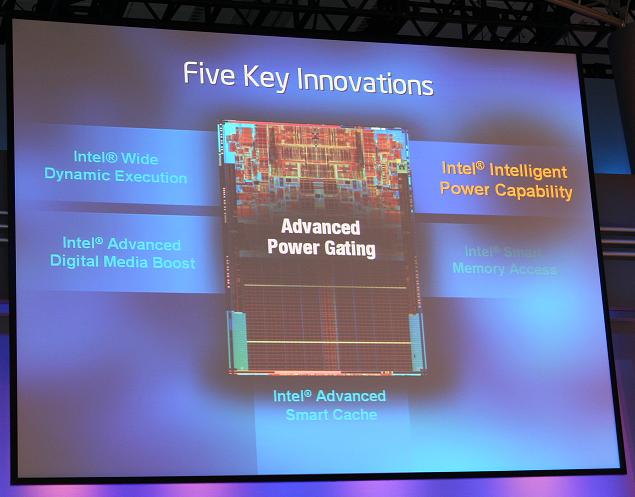 Thus pronounced US Secretary of Energy Samual Bodman, "Santa Clara University, the Cinderella story of this week has rallied to claim third place in the 2007 Solar Decathlon competition." The week long competition among twenty international university teams to build the most efficient, most livable and most economical solar home concluded today.
Thus pronounced US Secretary of Energy Samual Bodman, "Santa Clara University, the Cinderella story of this week has rallied to claim third place in the 2007 Solar Decathlon competition." The week long competition among twenty international university teams to build the most efficient, most livable and most economical solar home concluded today.Its easy to look at the young faces of the team and ascribe their good fortune to beginners luck. Its true that Californians have always had a knack for making the best use of sunshine, but their substantial victory is well earned a foreshadow of things to come.
 At the beginning of the competition, visitors were asking, "Who is Santa Clara University?" Word eventually spread, "Oh... that's Silicon Valley!"
At the beginning of the competition, visitors were asking, "Who is Santa Clara University?" Word eventually spread, "Oh... that's Silicon Valley!"Their odyssey to the award stand was certainly dramatic. From humble beginnings just a year ago, Santa Clara was twenty first in line for the twenty team slots. Only when another school withdrew was Santa Clara admitted.
Santa Clara University as the smallest school in the competition, fielded the smallest team. Due to multiple transportation snags, their house arrived nearly a week late. With no architecture school to draw from, Santa Clara faced a major challenge in the architecture intensive scoring. It happened that architecture was the first scored event, which landed them in eighteenth place after the first day.
But from that point on, the Santa Clara team shined. Their design included meticulous selection of advanced and renewable materials. Wall tiles made from recycled bottles and extensive use of bamboo for uses ranging from load bearing beams, cabinetry and even bedclothes. The bamboo beams showcased in the house were designed by Santa Clara University and are the first code-compliant load bearing bamboo beams in North America.
The energy balance and environmental control systems developed by the team include a solar hot water powered air conditioner and a solar panel to inverter scheme that was so clever that it was later adopted by world leading solar panel producer Sun Power as their default installation configuration. Combined with their detailed planning and game strategies, Santa Clara chalked up victory after victory, climbing from eighteenth to fourteenth, then ninth and sixth and finally to an amazing third place beside thrice-veteran University of Maryland and solar powerhouse Germany.
The spirit of entrepreneurship boils in these students. These are not the fringe "flower children" who advocated green in the past. These are the finest of engineers directing themselves to a future they see as natural and profitable. While an older generation is pining that there is no top down "Space Race" leadership to inspire innovation anymore, this generation is creating it own imperative from grass roots.
 The Solar Decathlon competition has given them a spotlight to stand in for a time, but that is more for our benefit than theirs. The Santa Clara University team may be the most visible example, but the Solar Generation is forming around the World. The Solar Century they intend to build will change our world for the better, sooner than anyone from the older generations is expecting.
The Solar Decathlon competition has given them a spotlight to stand in for a time, but that is more for our benefit than theirs. The Santa Clara University team may be the most visible example, but the Solar Generation is forming around the World. The Solar Century they intend to build will change our world for the better, sooner than anyone from the older generations is expecting.





